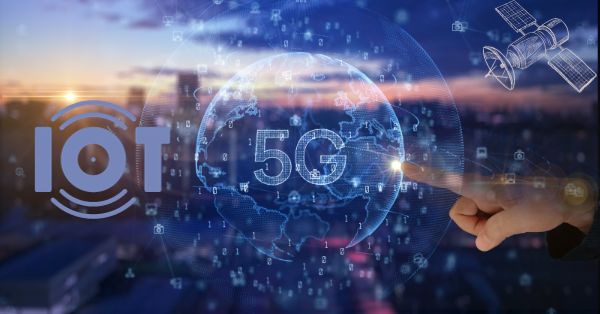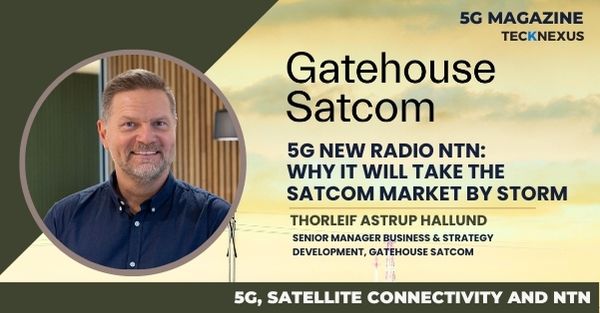The Satellite Industry Association (SIA) unveiled its 26th annual State of the Satellite Industry Report on June 20, 2023. This report provides a comprehensive analysis of the global commercial satellite industry. A significant highlight from 2022 was the record-breaking launch of commercial satellites for the fifth consecutive year. The year saw the deployment of a whopping 2,325 commercial satellites, marking an over 35% growth from the previous year. With a record 161 launches conducted, the total number of active satellites orbiting the earth by the end of 2022 reached 7,316, a 51% increase from 2021 and a staggering 321% growth over the past five years.
Some key insights from the 2023 report include:
- The global space economy generated revenues totaling $384 billion in 2022.
- Dominating the space business, the commercial satellite industry contributed over 73% of the world’s space business, bringing in revenues of $281 billion.
- Owing to innovative developments leading to improved capabilities and lower manufacturing costs, satellite manufacturing revenues reached $15.8 billion, marking a 15% increase from 2021.
- The affordability and innovative breakthroughs in launch services led to a historical high of 161 global launches in 2022, and global launch revenues touched $7.0 billion, a 23% rise from 2021.
- An increase in satellite broadband subscriptions and revenues, coupled with growth in satellite radio and remote sensing revenues, generated a total of $113.3 billion in satellite services revenue.
- The satellite ground segment produced over $145 billion in revenue. Today, there are over 7 billion satellite-enabled smartphones in use globally.
Tom Stroup, President of the Satellite Industry Association, praised the American leadership in satellite manufacturing and launch services, stating, “Thanks to domestic innovation, U.S. market share in manufacturing and launch services increased with American firms earning 64% of global satellite manufacturing revenues while building 87% of the commercially procured satellites launched in 2022.”
He further highlighted that the decreasing costs of manufacturing and launching satellites, combined with increased utility, have led to record growth, affordability, and productivity, opening up new markets. New services like broadband connectivity, direct-to-device communication, on-orbit mission extension/servicing, debris capture, and removal, and enhanced remote sensing are boosting the expansion of the satellite industry.
























